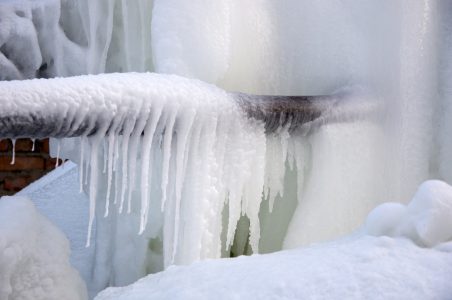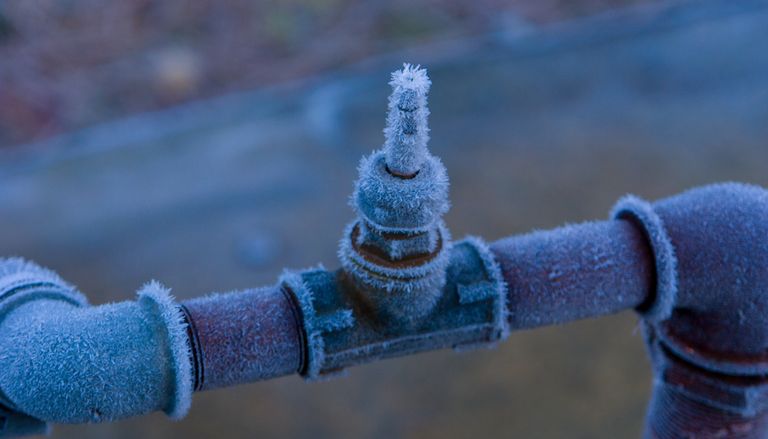Protecting Pipes from Cold Weather Damage: Key Approaches
Protecting Pipes from Cold Weather Damage: Key Approaches
Blog Article
How do you actually feel when it comes to How to Prevent Your Pipes From Freezing?

Cold weather can wreak havoc on your plumbing, particularly by freezing pipelines. Below's how to avoid it from occurring and what to do if it does.
Intro
As temperatures drop, the danger of frozen pipelines boosts, possibly resulting in expensive repair services and water damages. Recognizing how to avoid icy pipes is important for house owners in chilly climates.
Avoidance Tips
Shielding at risk pipelines
Wrap pipes in insulation sleeves or make use of warm tape to protect them from freezing temperature levels. Concentrate on pipes in unheated or external locations of the home.
Heating strategies
Keep indoor areas adequately warmed, especially locations with pipes. Open up cabinet doors to enable cozy air to circulate around pipes under sinks.
How to recognize frozen pipes
Look for lowered water circulation from faucets, unusual smells or noises from pipes, and visible frost on exposed pipelines.
Long-Term Solutions
Structural changes
Consider rerouting pipes away from outside wall surfaces or unheated areas. Include added insulation to attic rooms, cellars, and crawl spaces.
Updating insulation
Invest in high-grade insulation for pipelines, attics, and walls. Proper insulation assists preserve regular temperatures and lowers the danger of frozen pipelines.
Safeguarding Exterior Pipes
Garden hoses and outdoor taps
Separate and drain pipes garden hose pipes before winter months. Mount frost-proof spigots or cover exterior taps with shielded caps.
Understanding Frozen Pipes
What triggers pipes to freeze?
Pipelines ice up when revealed to temperatures listed below 32 ° F (0 ° C) for prolonged periods. As water inside the pipelines ices up, it broadens, putting pressure on the pipeline walls and possibly creating them to burst.
Risks and damages
Frozen pipes can cause water supply disturbances, residential property damages, and expensive fixings. Burst pipelines can flood homes and trigger considerable architectural damages.
Signs of Frozen Pipeline
Determining frozen pipes early can avoid them from rupturing.
What to Do If Your Pipes Freeze
Immediate actions to take
If you suspect icy pipelines, maintain taps available to soothe stress as the ice thaws. Utilize a hairdryer or towels taken in warm water to thaw pipelines gradually.
Final thought
Avoiding frozen pipes needs proactive actions and fast feedbacks. By comprehending the causes, signs, and safety nets, property owners can safeguard their plumbing during cold weather.
5 Ways to Prevent Frozen Pipes
Drain Outdoor Faucets and Disconnect Hoses
First, close the shut-off valve that controls the flow of water in the pipe to your outdoor faucet. Then, head outside to disconnect and drain your hose and open the outdoor faucet to allow the water to completely drain out of the line. Turn off the faucet when done. Finally, head back to the shut-off valve and drain the remaining water inside the pipe into a bucket or container. Additionally, if you have a home irrigation system, you should consider hiring an expert to clear the system of water each year.
Insulate Pipes
One of the best and most cost-effective methods for preventing frozen water pipes is to wrap your pipes with insulation. This is especially important for areas in your home that aren’t exposed to heat, such as an attic. We suggest using foam sleeves, which can typically be found at your local hardware store.
Keep Heat Running at 65
Your pipes are located inside your walls, and the temperature there is much colder than the rest of the house. To prevent your pipes from freezing, The Insurance Information Institute suggests that you keep your home heated to at least 65 degrees, even when traveling. You may want to invest in smart devices that can keep an eye on the temperature in your home while you’re away.
Leave Water Dripping
Moving water — even a small trickle — can prevent ice from forming inside your pipes. When freezing temps are imminent, start a drip of water from all faucets that serve exposed pipes. Leaving a few faucets running will also help relieve pressure inside the pipes and help prevent a rupture if the water inside freezes.
Open Cupboard Doors
Warm your kitchen and bathroom pipes by opening cupboards and vanities. You should also leave your interior doors ajar to help warm air circulate evenly throughout your home.

I stumbled upon that write up about How to Prevent Your Pipes From Freezing while browsing on the search engines. Appreciated our review? Please quickly share it. Help others discover it. Thanks a lot for your time. Don't forget to visit our website back soon.
Schedule Estimate Report this page